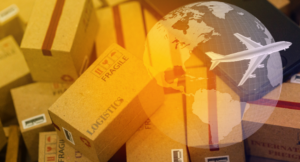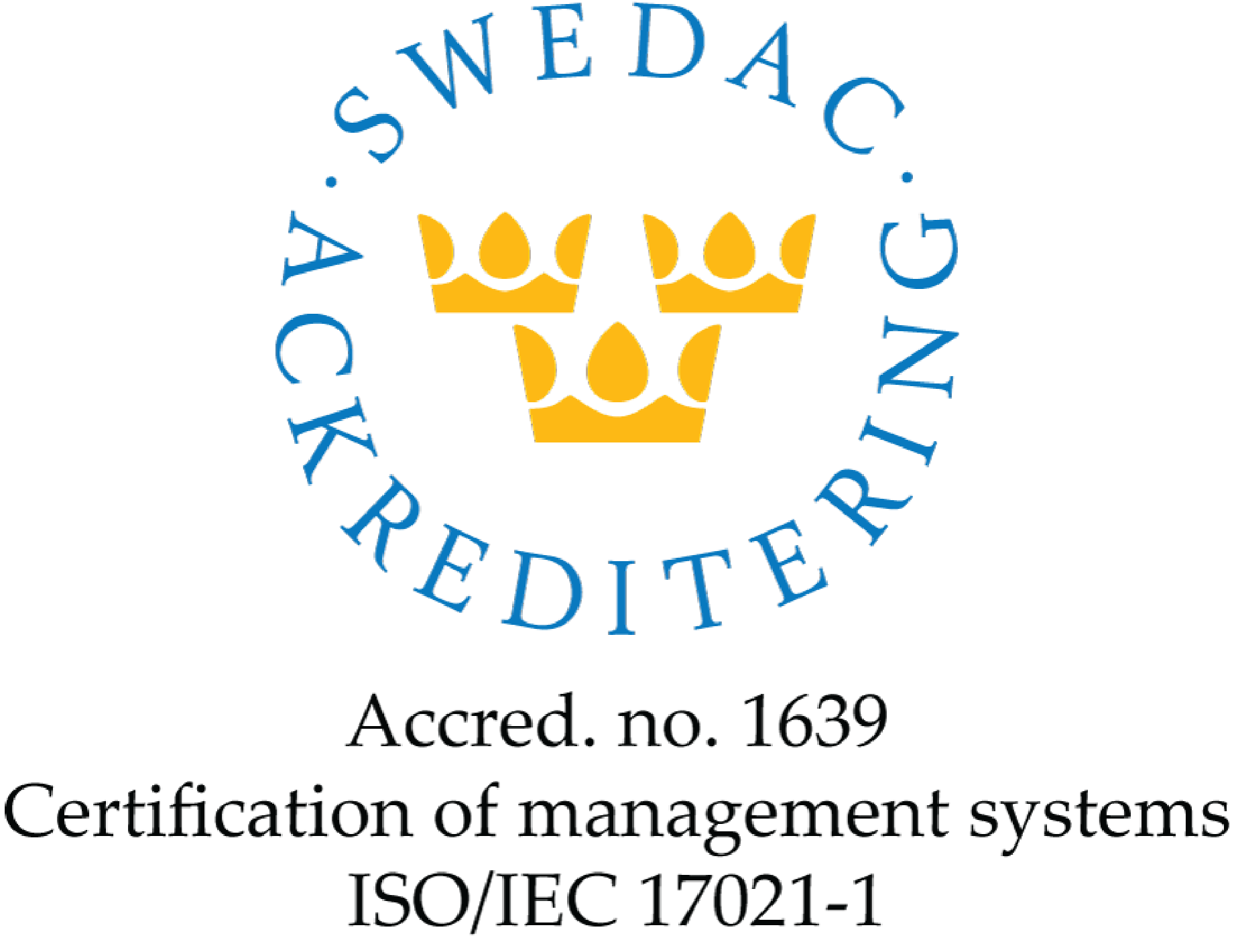The Hidden Costs of the Offshore Battery Supply Chain

When considering your supply chain, understanding the total cost of ownership is critical in making an informed decision. Not all supply chains are equal; often, when working with offshore supply chains, you are entering into a scenario where you lose control once you’ve placed your order. In these cases, there is often an unpredictable number of variables to contend with. The inability to plan precisely for costs and procurement time when shipping lithium batteries can be too much for some companies to carry. While many problems may arise, there are three main pain points that tend to come up when working with offshore battery supply chains.
Considerations for Shipping Lithium Batteries
1. Tariffs
As part of government regulation, some goods—be they individual components or finished products—are subject to certain taxes when imported from one country to another. These tariffs are often difficult to predict and can fluctuate drastically at different times of the year depending on international relations, industry regulation, the health of the economy, and other factors. Due to the variable nature of trade policies, manufacturers offset the increase in overall costs, passing that cost onto their customers by increasing prices of battery packs. With the constant threat of imposed fees dictated by politics and economy, it can be an untenable situation for many companies.
2. Transportation
Another area of hidden costs lies in transportation. When we consider transportation, we are looking at the couriers that take material from point of manufacture to point of installation, which can be especially difficult when shipping lithium batteries, as they are subject to strict regulations as outlined by various agencies including the UN, USDOT, Transport Canada, IATA and others. Batteries can pose a risk during transportation if not prepared in compliance with local and international regulations. To be acceptable for transport by any means, products containing lithium batteries must be tested to UN38.3 Transportation Testing Requirements. If these products are not packaged properly, they may be refused at the country of origin. In some cases when products are not clearly identified, products may not be refused until reaching customs in North America, creating serious delays that could result in substantial financial losses, halting entire production lines, and potentially closing businesses.

When dealing with offshore battery supply chains, materials ship one of two ways: by air or by sea. Both require equipment traveling long distances, but the pros and cons of the two methods differ.
Air Cargo
- Takes less time; goods arrive in a matter of days.
- The schedule is more reliable.
- Costs more due to plane capacity, higher fuel consumption, and increased. operational costs.
- The International Air Transport Association (IATA) has very strict guidelines.
Ocean Freight
- Better value.
- Much slower than air: goods arrive in weeks, possibly months.
- Have to order more frequently, tying up large sums of money upfront to maintain delivery.
- The International Maritime Dangerous Goods (IMDG) Code is less stringent than IATA but has a different set of requirements.
Regardless of transportation means, there are other factors to consider. Orders must meet certain packing sizes or costs to be shipped in the first place, meaning manufacturers might have to order more than they need. Due to lead-time stretching out from vendors, producers might be unable to meet the demand from their customers and could face potential order cancellation.
3. Quality of Components
When creating a product and sourcing components, a Bill of Materials (BOM) is used to ensure that products are made to specification. Offshore suppliers are not always held to the same production standards that we see in North America and have been known to substitute with like components, yet they require payment upfront. These unapproved alternatives lower performance and may result in a shorter product lifespan, however, manufacturers are unable to hold OEM suppliers financially accountable. Once again, we see a point of financial loss and unreliable supply.
Choosing the Right Supplier
Working with other countries poses many unique challenges.
- Language barriers.
- Time zones.
- Slow response times.
- Physical distance from manufacturers.
- Difficulty with development and prototyping.
- Costs from tariffs and transportation.
In the end, a large overhead does not guarantee a quality product. With differences in regulations and business ethics, delivery times, upfront costs, and overseas acquisition is an unreliable and potentially dangerous route to pursue. By choosing a manufacturer based in North America, the number of variables is significantly reduced, allowing you to maintain lower costs while striving for high efficiency and qualified support.




